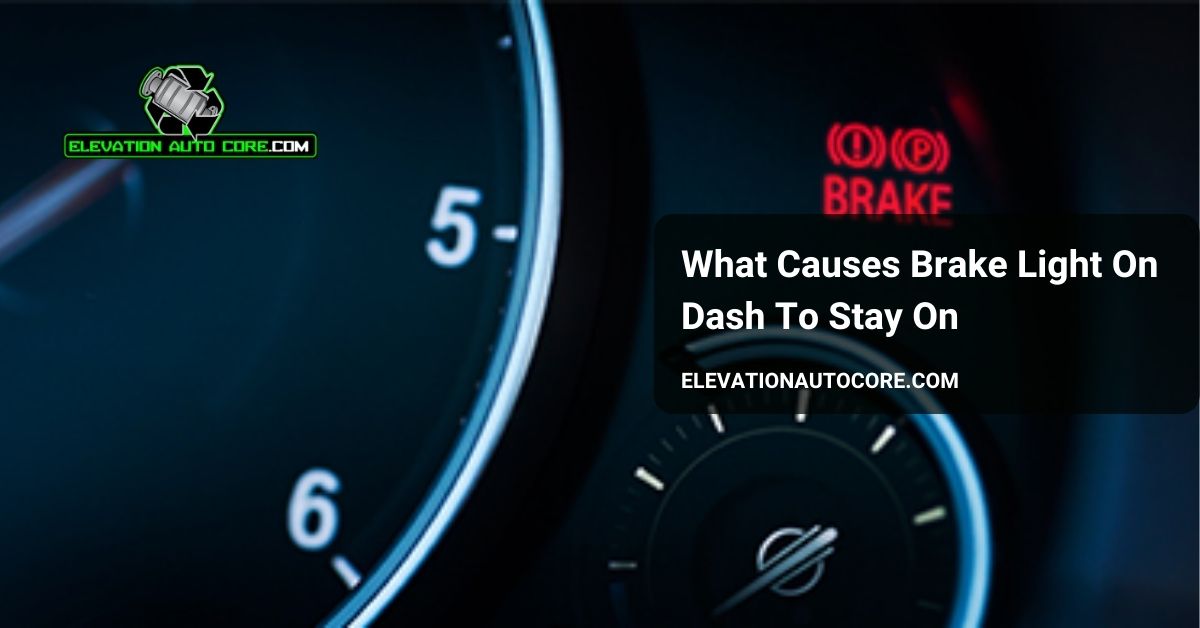What causes the brake light on your dash to stay on? It’s more than just an annoying glow—it could signal a serious issue with your braking system. From low brake fluid to a faulty sensor, understanding the potential causes helps you address the problem quickly and keep your vehicle safe. Keep reading to uncover the most common reasons and what you can do about them.
Common Causes For Brake Light Staying On
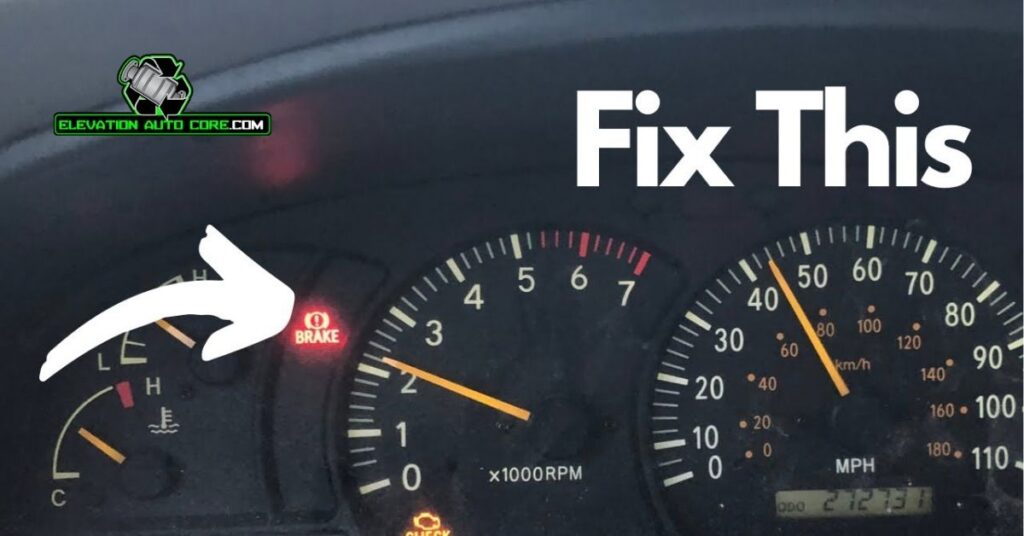
The brake light on your dashboard staying on often points to underlying issues in your braking system. Addressing these causes quickly ensures your vehicle’s safety and proper functionality.
Low Brake Fluid Levels
A important drop in brake fluid can trigger the dash brake light. The system depends on adequate fluid levels to maintain hydraulic pressure. Low brake fluid might result from leaks in the brake lines, calipers, or master cylinder. Check the reservoir under your hood and look for cracks or leaks if you notice a decline in fluid volume.
Worn Brake Pads
Decreased brake pad thickness can activate the dashboard light. Many vehicles are equipped with sensors that monitor pad wear. If the pads wear down past a safe level, the warning system alerts you. Inspect your brake pads regularly and replace them if they measure less than 3 millimeters to avoid further issues.
Faulty Brake Light Switch
A damaged brake light switch might cause the brake light to stay on. This switch, located near the brake pedal, sends signals when the brake pedal is engaged. Electrical failures in this switch can lead to the light remaining illuminated unnecessarily. Check the switch for wear or misalignment and replace it if malfunctioning.
Engaged Parking Brake
An engaged or partially released parking brake commonly keeps the brake light on. Even slight engagement can trigger the system. Fully release the parking brake lever or pedal and ensure no tension is holding it in place. If the issue persists, examine the parking brake cable for signs of sticking or damage.
Electrical Issues Contributing To Brake Light Problems
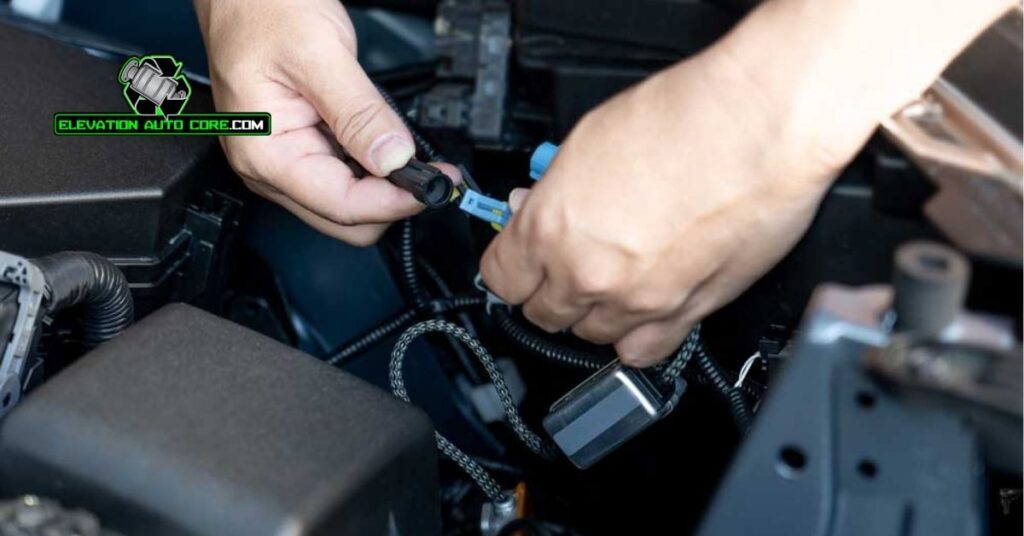
Electrical problems often cause your brake light to stay on. These issues can affect key components like wiring and sensors, disrupting the brake system’s functionality.
Wiring Malfunctions
Damaged or corroded wiring can interrupt signals within the braking system. Loose connections may prevent the proper transmission of electrical currents, causing the brake light to remain illuminated. Moisture intrusion, especially after driving in heavy rain, can exacerbate corrosion, leading to connectivity problems. Inspect all wires connecting the brake system components, particularly near the master cylinder and brake pedal switch.
Broken Sensors
Malfunctioning sensors within the brake system can trigger the brake light on your dashboard. Sensors detect various metrics, such as fluid levels or brake pad wear. When a sensor becomes faulty, it may send erroneous signals to the dashboard, keeping the brake light on even if the system is functioning correctly. Focus on replacing damaged fluid level or brake pad sensors to resolve the issue efficiently. Always ensure sensor functionality before assuming other causes.
Importance Of Prompt Diagnosis
When the brake light on your dashboard stays on, addressing the issue quickly ensures your safety and prevents worsening vehicle problems. Ignoring this warning could lead to costly repairs or dangerous driving conditions.
Potential Safety Risks
Brake system warnings often signal critical issues that can compromise your safety. A persistent brake light might highlight problems like depleted brake fluid levels, which reduce braking efficiency and increase stopping distance during emergencies. Damaged brake components, such as worn pads or a failing master cylinder, could fail under pressure, risking accidents. Even a partially engaged parking brake can overheat the system, causing severe damage or brake failure. Identifying and fixing the root cause minimizes these dangers and protects you and your passengers.
Impact On Vehicle Performance
Your vehicle’s handling and overall performance degrade when braking issues go unresolved. Reduced brake responsiveness, caused by fluid leaks or sensor malfunctions, affects your ability to stop smoothly and safely. Dragging brakes from an engaged parking brake not only raise fuel consumption but also accelerate wear on tires and braking components. Electrical faults can interfere with dashboard communications, leaving other system warnings undetected. Prompt diagnosis preserves optimal performance and extends your vehicle’s lifespan.
Steps To Address The Issue
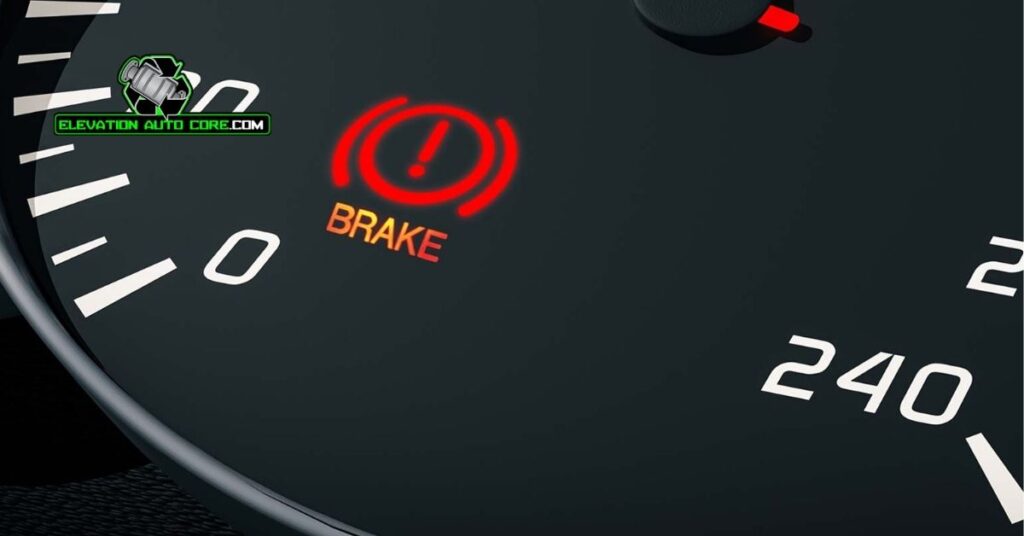
Addressing the cause of a brake light staying illuminated ensures safety and prevents further vehicle damage. Follow these steps to resolve the issue effectively.
Inspect Fluid Levels And Pads
Begin by checking the brake fluid reservoir under the hood. Low brake fluid levels, caused by leaks in the brake lines, calipers, or master cylinder, often trigger the dashboard brake light. Top off the fluid if it’s below the recommended level and monitor it closely for rapid depletion. Examine the brake pads to ensure they’re not too thin or worn, as many vehicles use sensors to warn of excessive pad wear. Replace worn pads promptly to restore braking efficiency and deactivate the warning light.
Test Electrical Components
Test the brake light switch situated near the brake pedal. Faulty switches can disrupt the electrical signal, keeping the brake light on even when there’s no issue with the braking system. Inspect wiring for signs of damage or corrosion, which can originate from loose connections or moisture exposure. Ensure all connections within the system are secure and address any detected faults by repairing or replacing affected components. This minimizes unnecessary illumination of the brake light and safeguards the system’s reliability.
Seek Professional Assistance
Contact a certified mechanic for in-depth diagnostics if the previous steps miss the root cause. Professionals possess the tools and expertise to identify less obvious issues, such as malfunctioning sensors, deteriorating brake system parts, or complex electrical failures. Relying on a mechanic ensures unresolved problems don’t compromise safety or escalate into costly repairs over time.
Preventative Measures
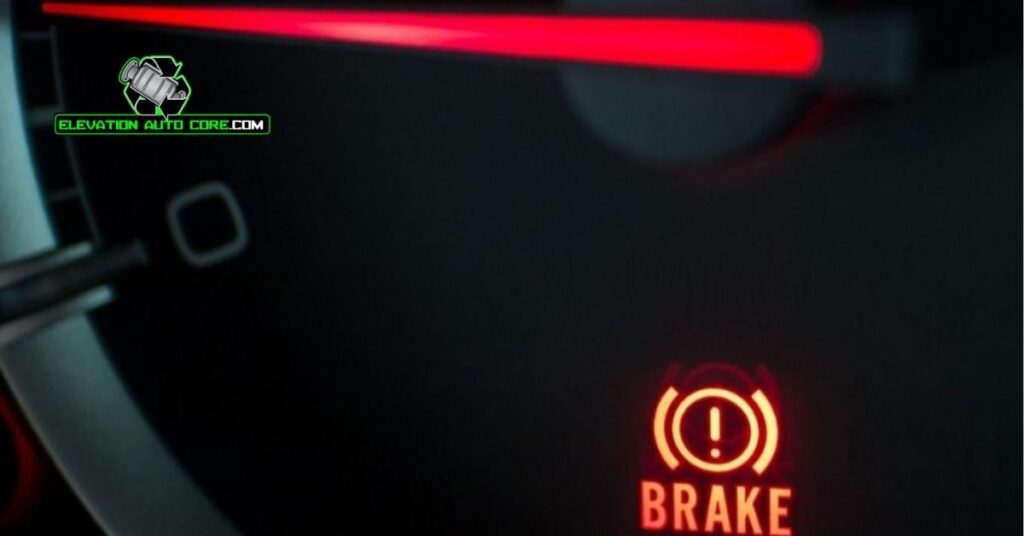
Taking preventative measures ensures your brake system remains reliable and minimizes the chances of the brake light staying on. Regular inspections and attention to system performance can help you address potential issues early.
Regular Maintenance Checks
Schedule routine brake inspections to detect problems like worn pads or low fluid. Look for any leaks around calipers, brake lines, or the master cylinder during maintenance. Verify the brake light switch’s functionality to avoid electrical triggers causing the dashboard light to stay on. Replace worn components promptly to prevent further complications. Consistent upkeep safeguards the entire system and promotes safe operation.
Monitoring Brake System Performance
Pay attention to unusual noises like grinding or squealing, as these might indicate worn brake components. Notice if braking responsiveness decreases, which could suggest low brake fluid or dragging brakes. Monitor the parking brake’s engagement and ensure it’s fully released to prevent overheating. Detect shifts in dashboard behavior or warnings and investigate them immediately. Prioritizing these checks helps catch inefficiencies, reducing safety risks and costly repairs.
Conclusion
When the brake light on your dashboard stays on, it’s a clear signal that something in your braking system needs attention. Ignoring it can lead to safety risks, costly repairs, and reduced vehicle performance. By taking prompt action and following proper maintenance practices, you can ensure your brakes remain reliable and efficient.
Stay proactive with regular inspections, address warning signs immediately, and don’t hesitate to seek professional help if needed. Prioritizing your vehicle’s brake health not only keeps you safe but also extends the life of your car.

